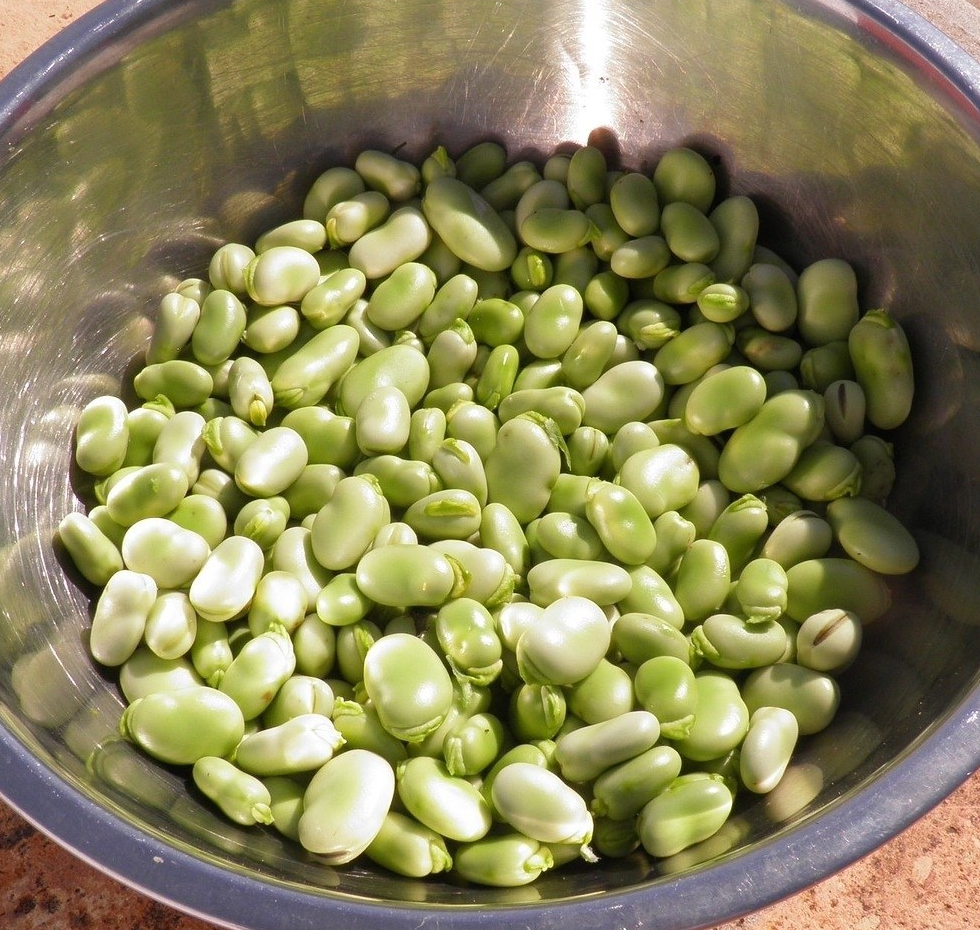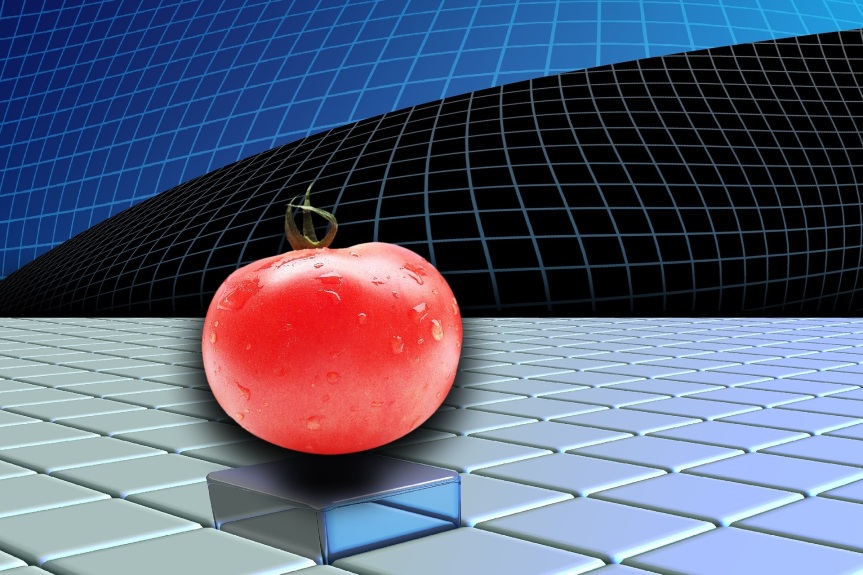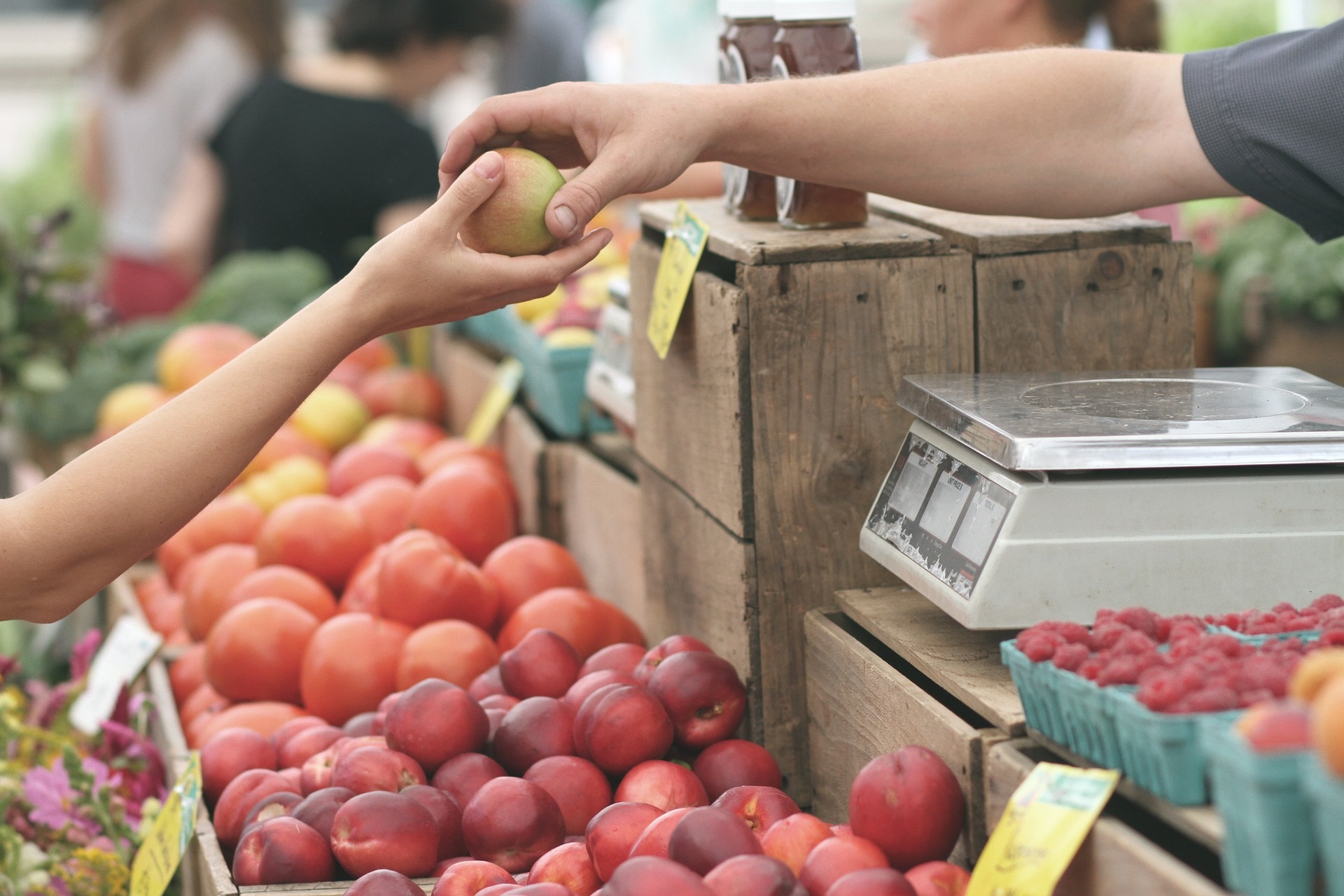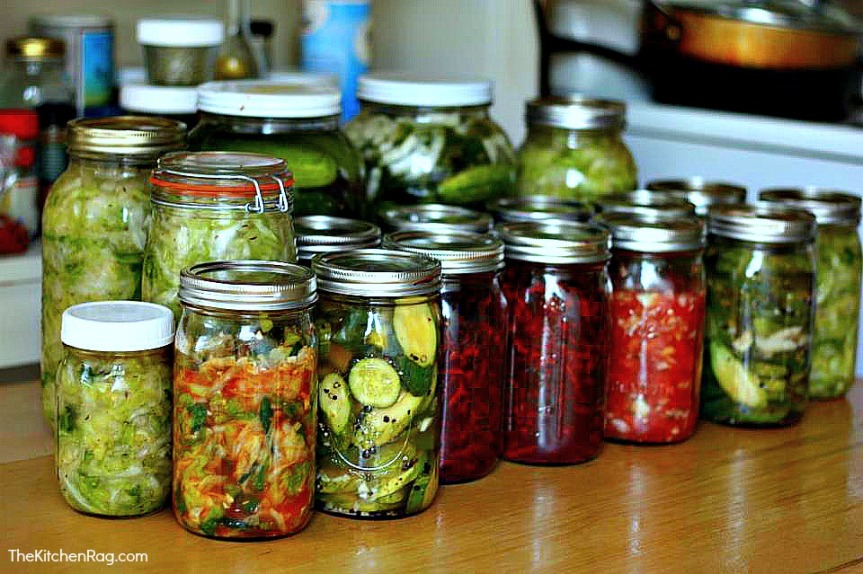The world population has grown from 3.032 billion in 1960 to 7.7 billion in 2019. In 2050, there will be a whopping 10 billion people in the world!!
So what does this mean to our food system and the future of food?
Knorr foods and the World Wildlife Fund (WWF) just released a report on the top issues surrounding the future of food and how we may be able to combat them by diversifying the foods that we are currently eating.
Some of the issues they reported include:
- The way our food is currently grown has a significant impact on our environment and global food supply.
- 75% of our global food supply comes from only 12 plants and 5 animals. The issue here is that it leaves our plants vulnerable to pests, disease and climate change.
- Monocultured crops or planting a single crop over and over and over again depletes plant nutrients and increases risks of pests and bacteria, viruses or other microorganisms that cause disease. This requires more and more pesticide use which can hurt wildlife and damage our water resources.
- 60% of greenhouse gas emissions are a consequence of animal agriculture production. As a result of this process, pollution is released into the air and waste is dumped into our streams, lakes and oceans. .
Their solution is that we need to get back to a more diversified food system that helps support the land, the soil, the air the water and our health! They propose we take the following steps:
- Plant and consume a wider variety of vegetables in order to protect our environment and diversify our intake of a whole plethora of vitamins and minerals.
- Switch to plant-based proteins in order to reduce the negative impact of animal foods on our environment.
- Plant more nutrient rich carbohydrates (e.g. ancient grains) that promote agrobiodiversity or a mixture of plants, animals and microorganisms all working together to grow the most nutritious food possible.
They came up with a list of 50 future foods to be planted around the world to help diversify what we are eating and promote a healthier ecosystem. These foods were chosen based on their sustainability, their nutritional value, environmental impact, flavor, accessibility, acceptability and affordability. They include vegetables, grains, nuts and seeds and beans.
Here are a few stars:

Algae
When I think of algae, I’m reminded of that thick green layer of goop that often attacks swimming pools, but in reality edible algae can be quite nutritious. Algae is responsible for half of all the oxygen production on earth and sea life depends on it. It is rich in usable omega 3’s, antioxidants and contains protein. It has an umami or “mushroom-like” taste.
Nutritional impact: Laver is a type of red algae or edible seaweed used in Japanese cuisine. We know it as “nori” or the wrapping around sushi. It is rich in Vitamin C and an excellent source of iodine!!
Food sustainability impact: Because algae lives wildly in water, it can be grown and harvested year-round without the use of pesticides or fertilizers. A “game-changer” for sure!!

Beans and pulses (edible seeds)
There are about 40,000 different kinds of beans in the world, although only about a fraction of them are produced for human consumption. They are gaining popularity because they are very versatile, high in nutrition and are dirt cheap! They are a great substitution for meat.
Nutritional impact: All beans are high in fiber, protein and iron, but they also contain calcium, folate, magnesium, zinc and a variety of other nutrients. They are nutrition power houses. They are also naturally low in calories, fat and saturated fat.
Food sustainability impact: Beans take nitrogen from the air and convert to a form so that it and nearby plants can grow and thrive. Broad beans such as the “fava’s” are considered a cover crop which means they are grown between harvests and protect the land. They keep weeds from growing, enhance the soil and keep pests at bay.

Fruit Vegetables
Nope, not fruits and vegetables – “Fruit Vegetables”. These are the sweeter type vegetables, high in water and may be botanically classified as fruits. They include squash, tomatoes, eggplant, avocadoes, bell peppers, zucchini and cucumbers. They grow best in warm climates.
Nutritional impact: Most fruit vegetables are loaded with fiber and contain large amounts of the Vitamins A, B6, C and Folate. An example is orange tomatoes. They are sweeter than their red counterparts and contain up to twice as much Vitamin A and folate than the red and green types.
Food sustainability impact: Orange tomatoes are mostly heirlooms, which means their seeds haven’t changed since inception or been genetically modified. This uniqueness makes them more resistant to pests and disease. Eating a diverse array of fruit vegetables helps keep our food system resilient.

Root Vegetables
Eating root vegetables means we are consuming the root of the plant. These solid plants have leafy tops that grow above ground and are perfectly edible as well. They are cool season vegetables and once harvested can last a REALLY long time. Think carrots!
Nutritional impact: White icicle radishes (winter radishes) are long white carrot-looking root vegetables that dangle from their stems like icicles hanging from the edge of a roof. They are extremely high in Vitamin C, contain about 50% water and have enzymes that help with digestion. Their leaves are edible.
Food sustainability impact: White icicle radishes are often planted near squash or pumpkins as they chase away bugs. They can also be planted as a cover crop to protect the soil between harvests.

Sprouts
All things sprouted are becoming hugely popular and this isn’t just the alfalfa sprouts that have been around for years. All kinds of seeds, beans and grains are being sprouted and we’re even seeing sprouted bread.
Nutritional impact: Sprouting seeds and beans doubles if not triples the nutritional value of the plant food. Chickpeas have gained in popularity in recent years and we’re now seeing them in everything from hummus to falafels to even roasted and eaten as a snack. Sprouting chickpeas helps neutralize their phytic acid (can interfere with absorption) to allow the body to better absorb their nutrients.
Food sustainability impact: Sprouts possess a low carbon footprint. They are “kitchen-to-table” ready which means you don’t have to transport them. They don’t require soil, fertilizers or pesticides.
This is only a small sample of these incredibly powerful foods from the report. To see the full report, check out https://www.knorr.com/content/dam/unilever/knorr_world/global/online_comms_/knorr_future_50_report_online_final_version-1539191.pdf





























